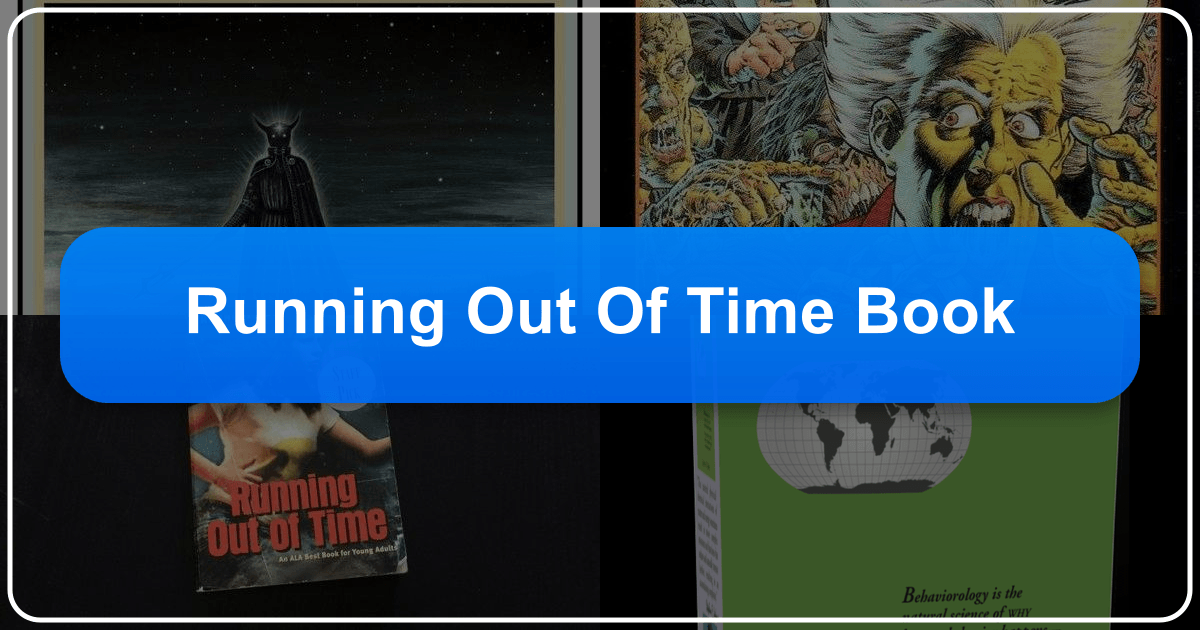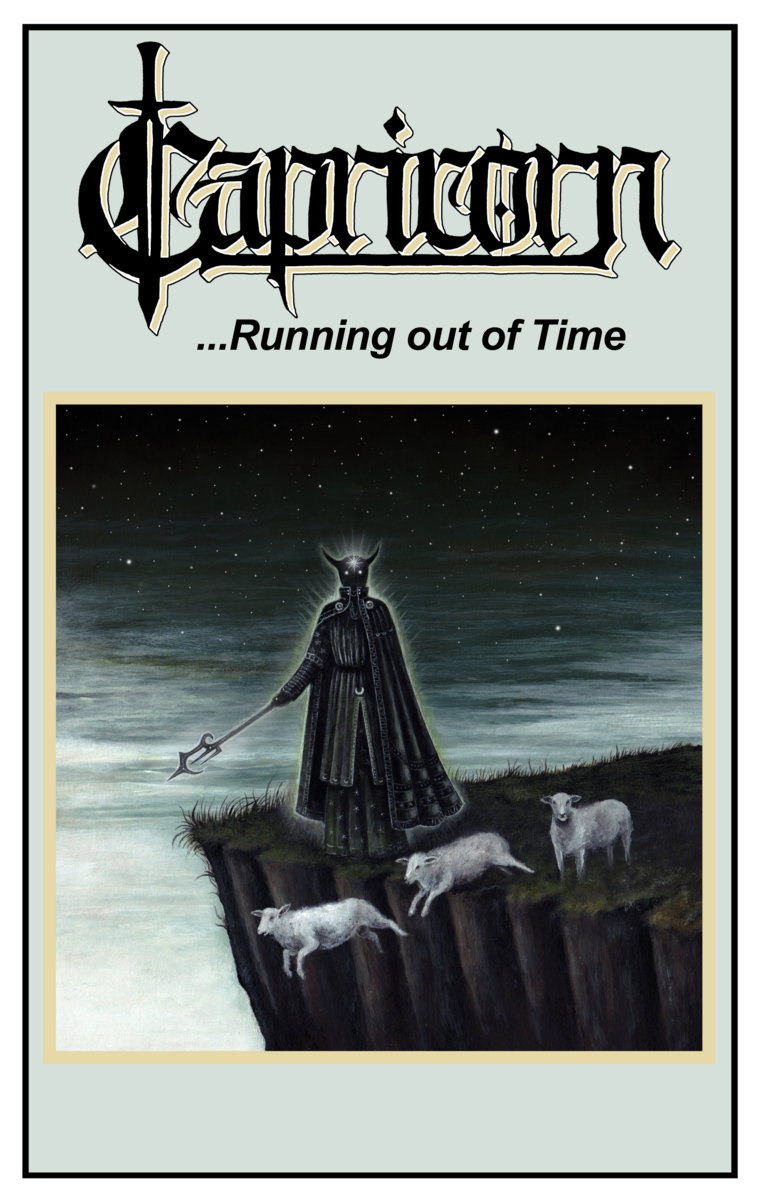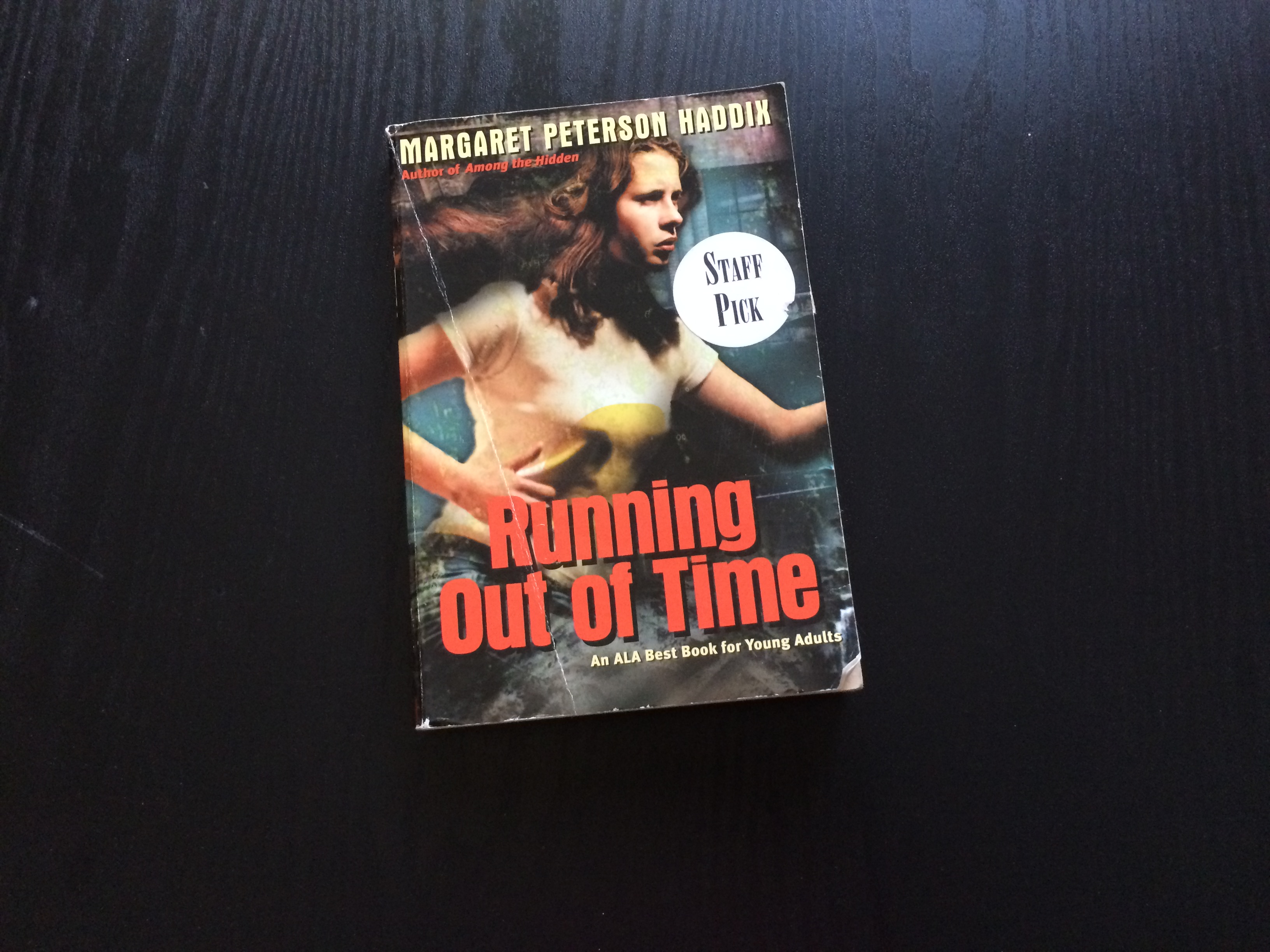Running Out of Time Book: A Deep Dive into Haddix's Classic and its Enduring Impact

Margaret Peterson Haddix’s Running Out of Time, first published in 1995, is more than just a children’s novel; it’s a captivating blend of mystery, historical fiction, and science fiction that continues to resonate with readers of all ages. This exploration delves into the book’s plot, themes, literary merit, and its lasting cultural impact, examining its place within the broader landscape of young adult literature and its surprising connection to a well-known film.
The Intriguing Plot of Running Out of Time

The story unfolds in Clifton, Indiana, a seemingly ordinary 1840s village. Thirteen-year-old Jessie Keyser lives a simple life with her family, unaware of the extraordinary secret that lies beneath the surface of their seemingly idyllic existence. As a diphtheria outbreak sweeps through Clifton, Jessie’s mother reveals a shocking truth: the year is actually 1996, and their village is not a genuine historical settlement but a meticulously crafted tourist attraction. The villagers, unknowingly, are participants in a carefully controlled environment, observed through hidden cameras by tourists beneath the ground.
Initially founded with more benevolent intentions by Miles Clifton, the village has evolved into a restrictive system that prevents its inhabitants from leaving and conceals the truth about their reality. Jessie’s mother, concerned about her own sick sister, Katie, tasks Jessie with a perilous mission: to escape the guarded village and retrieve a life-saving cure from the modern world.
This escape is fraught with danger, as Clifton Village is carefully designed to prevent anyone from uncovering the truth. Using a hidden escape route revealed by her mother, Jessie successfully breaks free, initially finding shelter amongst the unsuspecting tourists. Witnessing firsthand the deception perpetuated by the tour guides, who present a false image of the villagers’ lives, Jessie embarks on her quest to contact Isaac Neeley, an outspoken activist who opposed the establishment of Clifton Village.

Jessie’s experiences in the modern world are filled with cultural shock and bewilderment, reflecting the stark contrast between 1840s and 1990s life. Her encounters, however, lead her to an alarming discovery: Isaac Neeley, the man she hoped to find, is actually Frank Lyle, a scientist, and Miles Clifton’s business partner. The real Isaac Neeley had died years prior. Lyle’s deceptive nature and affiliation with Clifton become clear when Jessie overhears a conversation where he mentions the necessity of silencing her as she knows too much, underscoring the extent of the conspiracy.
Jessie’s resourcefulness is displayed when she cleverly escapes Lyle and orchestrates a press conference on the Capitol steps. Gathering the attention of local media and authorities, she attempts to expose the truth, collapsing from the diphtheria that she contracted before her escape. The sudden closure of Clifton Village, prompted by Lyle’s actions, triggers an investigation. The authorities become intrigued by Jessie’s claims of deception and investigate, leading to the rescue of the village residents.

The revelation of the village’s true purpose is even more disconcerting. Miles Clifton’s project was not merely a tourist attraction but a clandestine scientific experiment designed to cultivate a disease-resistant gene pool, testing humans for improved immunity. The tourism aspect served as a perfect cover. While most of the Clifton children recover in the hospital, two tragically succumb to the disease. This tragic element adds a layer of complexity and moral ambiguity to the narrative.
Ultimately, the exposure of the conspiracy leads to the arrest of Clifton and his accomplices, while Jessie’s family, having their integrity questioned, must navigate the complexities of adjusting to life in 1996, leaving the carefully constructed world of Clifton Village behind.
Themes Explored in Running Out of Time
Haddix’s novel explores several profound themes:
- The Illusion of Control: The story highlights the dangerous illusion that adults, and those in power, hold, believing they can control every aspect of human life. Clifton Village represents a deliberate attempt to manipulate and restrict individuals, ultimately revealing the inherent fragility of such efforts.
- Truth vs. Deception: The contrast between the reality of Clifton Village and the deceptive narrative presented to tourists underscores the importance of truth and transparency. Jessie’s journey is an exploration of uncovering the truth, regardless of the risks involved.
- The Power of Knowledge: Jessie’s acquisition of knowledge about the modern world empowers her to navigate challenges and overcome adversity. Her initial naiveté is gradually replaced by awareness, underscoring the significance of information in challenging established power structures.
- Ethical Considerations in Scientific Experimentation: The clandestine nature of Clifton’s purpose highlights the ethical issues involved in using human beings as subjects in scientific experiments, prompting questions about informed consent and the potential for exploitation. The tragic loss of life underscores the severity of unethical scientific practices.
- Childhood and Coming of Age: Jessie’s journey is also a coming-of-age story. Her experiences force her to mature rapidly, demonstrating resilience and courage in the face of danger. She undergoes significant personal growth, evolving into a confident and outspoken advocate for truth and justice.
The Literary and Educational Value of Running Out of Time
Running Out of Time is not merely entertaining; it possesses significant literary merit and educational value. Haddix’s writing style is engaging and accessible, making it suitable for young readers while simultaneously maintaining complexity of themes. The fast-paced narrative keeps readers engaged, fostering a sense of suspense and anticipation. The vivid descriptions of Clifton Village and the 1990s create a memorable and immersive reading experience.
The novel’s educational value is multifaceted. Readers encounter a detailed portrayal of 19th-century life, contrasting it with the modern world. The depiction of diphtheria highlights the impact of disease, emphasizing the advancement of medicine and public health. The novel subtly addresses ethical complexities related to genetic research and social control, sparking critical thinking and discussion.
The relatable character of Jessie and her emotional journey make this a perfect text to engage children in discussions about moral courage, the fight for justice, and the importance of resisting control and upholding truth.
Running Out of Time’s Cultural Impact and Legacy
Running Out of Time’s enduring popularity is reflected by its sustained presence on reading lists and its continued discussion in various literary circles. Its themes of truth, deception, and the ethical dilemmas of scientific experimentation remain timely and relevant. The novel’s exploration of a society attempting to control its members resonates with modern readers, connecting with anxieties about misinformation and control.
The book’s legacy extends beyond its literary impact. It sparked a significant controversy regarding potential plagiarism by filmmaker M. Night Shyamalan, whose film The Village shares several striking similarities to Haddix’s novel. This connection, while controversial, catapulted Running Out of Time into broader public awareness and enhanced its enduring appeal. Haddix’s choice not to pursue legal action, despite the similarities, underscores the enduring power of the narrative.
Conclusion: The Timelessness of Running Out of Time
Margaret Peterson Haddix’s Running Out of Time is a testament to the power of compelling storytelling. Its blend of genres, insightful themes, and strong character development creates a memorable and engaging novel that transcends age barriers. The book’s enduring popularity, fueled by its insightful exploration of ethical issues, and its lasting cultural impact, solidify its position as a classic of young adult literature, a story that continues to captivate and inspire readers in the 21st century and beyond. The debate surrounding its alleged influence on The Village only serves to highlight its originality and enduring relevance. Running Out of Time remains a must-read for young readers and a fascinating study for those interested in the intersection of literature and film.